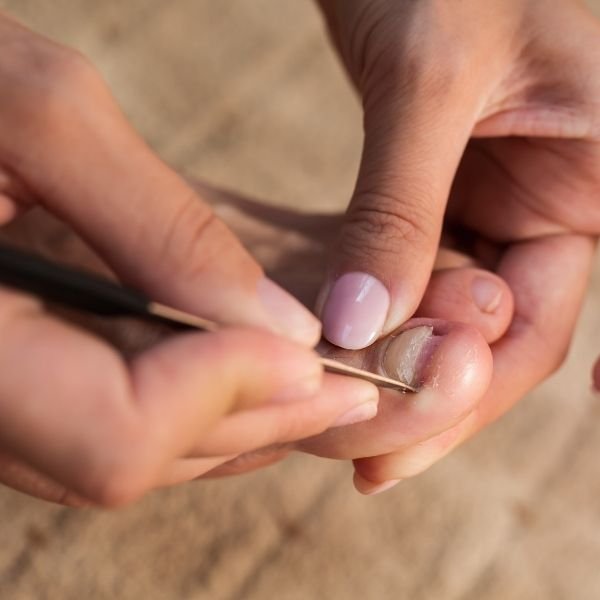Ingrown Toenails Services
Our podiatrists offer effective treatment for ingrown toenails, providing relief from pain and preventing future occurrences through personalized care plans.

Ingrown toenails, which commonly affect the big toes, can cause significant pain as they dig into the surrounding skin. At Skylake Medical Associates, we provide prompt and effective treatment for ingrown toenails. Our specialists can remove the problematic nail and promote the growth of a healthy new nail in a single visit. For relief from the discomfort of ingrown toenails, call Skylake Medical Associates today or schedule a consultation online.
The Skylake Medical Associates team can often resolve an ingrown toenail in one visit. They raise and clean the ingrown nail and remove excess tissue. If you have an infection, they’ll prescribe antibiotics.
Call Skylake Medical Associates today or book an appointment online for fast relief from painful ingrown toenails.
An ingrown toenail occurs when the edge or corner of the toenail grows into the soft flesh surrounding it. While the big toe is commonly affected, ingrown toenails can occur in any toe.
These painful conditions can cause discomfort, especially when the nail embeds deeply into the toe. In severe cases, the nail may curve inward, leading to extreme tenderness and difficulty wearing socks and shoes.
Ingrown toenails can also impair walking or running and may lead to inflammation and, in some instances, infection. This poses particular risks for individuals with diabetes, who are susceptible to diabetic ulcers.
Improper nail trimming, such as cutting nails too short or shaping the sides, is a common cause of ingrown toenails. Other factors contributing to their development include:
Fungal infections, which can thicken and widen the nails
Genetic predisposition, particularly if a family member has experienced ingrown toenails
Trauma to the nail, altering its growth pattern and triggering ingrowth
To prevent ingrown toenails, maintain your nails at the same length as your toes and cut them straight across.
Common symptoms of ingrown toenails include:
Pain on one or both sides of the toe
Redness surrounding the affected toenail
Inflammation in the soft tissue surrounding the toenail
Pus discharge from beneath the toenail in cases of infection
Treatment Options for Ingrown Toenails
Skylake Medical Associates can often resolve ingrown toenails in a single visit. Treatment involves lifting and cleansing the ingrown nail while removing excess tissue. If an infection is present, antibiotics may be prescribed.
For individuals with severe or recurring ingrown toenails, partial toenail removal may be recommended. This procedure, performed under local anesthesia in-office, ensures proper nail regrowth without distortion.
For fast relief from painful ingrown toenails, contact Skylake Medical Associates today or schedule an appointment online.
At Skylake Medical Associates, take the first step towards expert care by scheduling your consultation with our experienced healthcare team, podiatrists, and foot and ankle doctors. Experience personalized attention and comprehensive healthcare tailored to your needs.